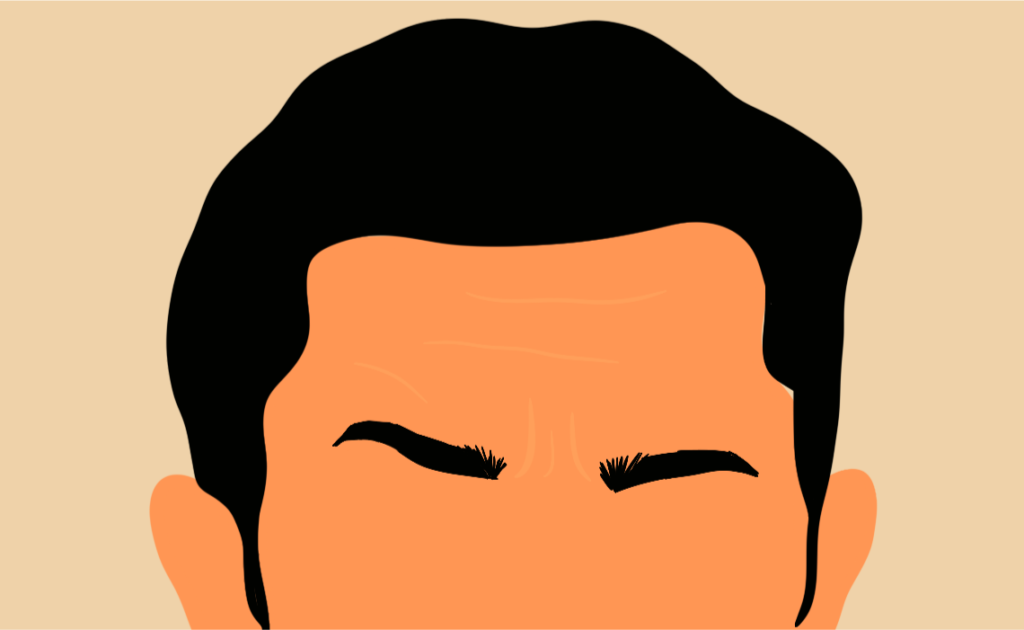The Art of Retirement

“I need a retirement from my retirement.”
Sandra Day O’Connor’s quip may sound absurd when you’re at the height of your career and dreaming of all the things you’d do without work consuming your time.
But the reality is that retirement can feel abrupt when the moment arrives. It can lead to boredom, or even a sense of grief over losing the work routine that fit like a glove for decades.
As wealth managers, you would think we’d be unequivocally focused on the financial details of retirement with our clients. Of course we put in years of effort with the families we serve ensuring the details of their long-awaited financial freedom are in place.
But when the retirement milestone arrives, we spend more time counseling our clients to prepare for the segue emotionally than financially. Retirement brings a high degree of freedom, as well as a significant amount of change in short order. You can save up more money than your family will ever need, but that effort could be in vain without the emotional preparation to find fulfillment in retirement.
From cocktail parties to kids’ sporting events, we spend years of our lives talking about what we do for a living. So much of our identity is wrapped up in our careers. When that part of our identity is taken away, it can feel like chopping off a limb. Not to mention that spouses who’ve spent a lifetime of weekdays away from one another are suddenly stepping on each other’s routines at home.
Successful retirement is an art form. We’ve learned much from our retired clients over the years – how to gracefully navigate the transition as well as what pitfalls to avoid. Following is some advice on what we like to call The Art of Retirement.
Ease into it. Transition from full time to part time so that you can slowly adjust your hours and figure out a routine for your days off. It will help you adjust slowly to what retired life looks like and allow you to spend some time concentrating on prioritizing goals for your next phase of life. Try working part time for a year to begin understanding what life is like without the constant hustle and bustle of a career. If part time isn’t an option, try freelancing or consulting to keep yourself busy, but on your own schedule. Retiring gradually can nurture the sense of purpose that your career has always given you as you slowly wind down rather than abruptly flipping a switch.
Reflect. Look back on life and figure out the things you have yet to do that are still on your bucket list. Is it learning a new language? Still want to go on that cross-country road trip? Compile a list and set aside time to start working through it. Life is short, so with your newfound free time, it is important to do what you want to do. Don’t just put big picture items on this reflection list, though; write down the reading list you still haven’t gotten through, action steps to finesse your favorite hobby or channeling your technical skills to benefit a worthy community organization. Make sure this list is a comprehensive look at the causes you’d like to impact and everything in life you’d still like to accomplish – from the spiritual to the mundane.
Honeymoon. Many new retirees take a “honeymoon” period in their first 2-3 months. You’ve worked hard, so take some time to celebrate – whether that means a cruise around the world or RV’ing through national parks. Carve out time to do some of your big-ticket items right away to reward your hard work, especially if you and your spouse are retiring at the same time. Having a celebratory segue working to retirement is not only fun but also offers a healthy mental recalibration between your life stages.
Build a new routine. Once you figure out what you’d like to prioritize in retirement, develop a routine. Maybe watch the grandkids a couple days a week or grab lunch with a friend every Monday. Set aside time to read each day at 10 a.m., or book a standing yoga class / tee time. These kinds of routines will help keep your time filled – which is a proactive means of preventing depression from setting in (a more common pitfall of retirement than you might think). When creating your routine, look at the more basic items on your reflection list to implement into your daily schedule. You may be surprised how much you look forward to lingering over coffee with the Wall Street Journal or that daily walk through the neighborhood.
Talk to your family. This step may sound like the most obvious one, but we find that it’s actually the most often ignored. Rather than keeping your feelings about retirement to yourself, clue your loved ones into how you’re feeling, whether that feeling is anxiety or excitement. Talking to family may inspire new ideas on ways to celebrate your milestone and fill up your schedule. You might discover that a grandchild shares your interest in pursuing a hobby or traveling to a specific destination, affording a unique bonding experience. Equally important, you might need to set boundaries so that you don’t become the built-in babysitter to your grandkids. Whatever your family’s circumstances, it’s important that they understand your plans for this next phase of life so that they can check in and make sure you’re fully appreciating retirement rather than dwelling on the career you left behind.
If you have a spouse, communication is especially critical during the retirement transition. If your spouse is still working, for example, they might assume you plan to pick up more housework or take on responsibility for weeknight dinner. To avoid frustrations, establish how much housework you’re planning to take on during the day. Or if you’re retiring together, make sure you’re planning out what activities you’d like to do together and separately. As many of us learned during quarantine, suddenly spending a lot of time with loved ones can be more stressful than anticipated, so plan ahead.
Taking the right steps to enjoy your retirement emotionally is just as important as ensuring your financial plans are in order. We’re here to help on both fronts and look very forward to hearing your stories of adventures in retirement – pictures and postcards especially encouraged!


